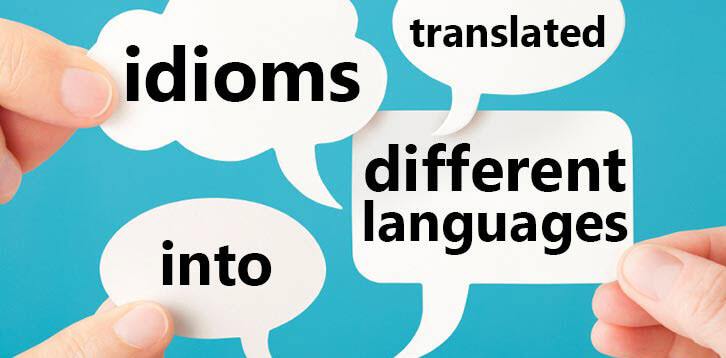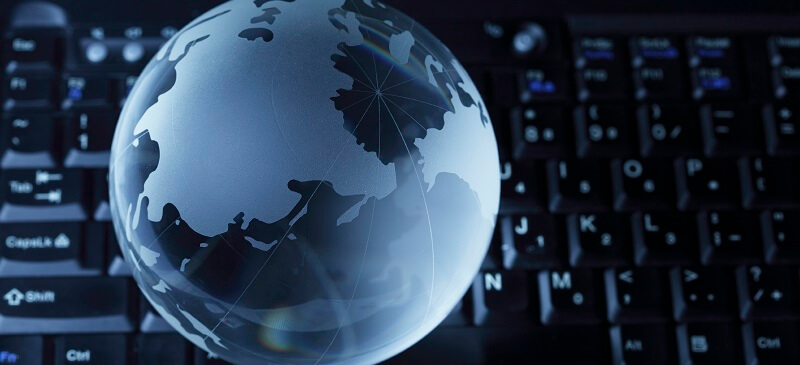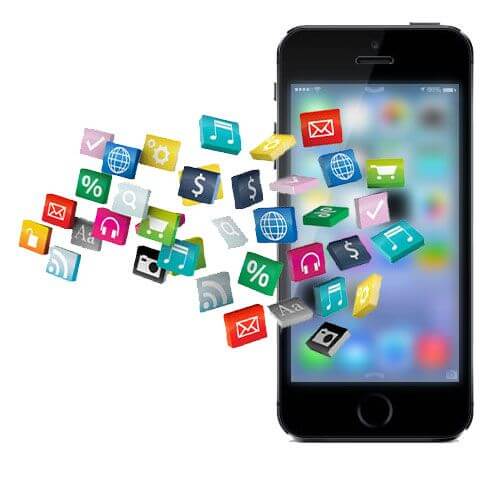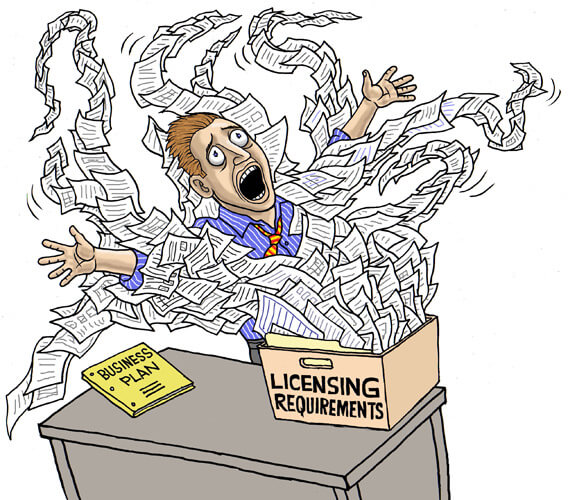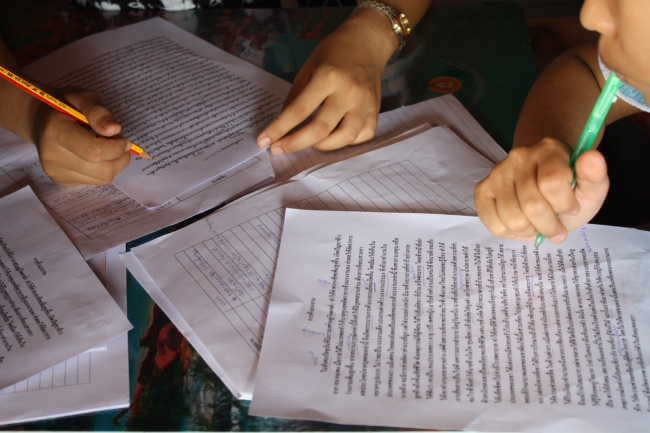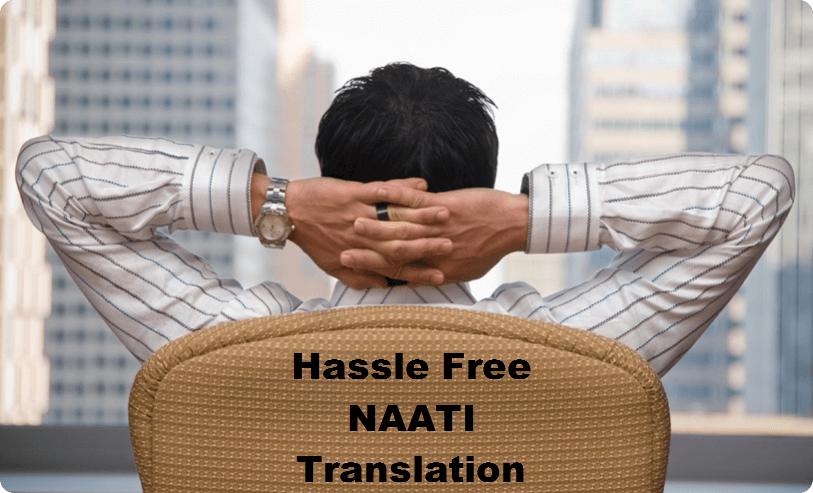Mastering geographical barriers and centralising information and knowledge are all part of the new globalized world we live in today. This has all started to fall into place despite linguistic barriers. Exchanging goods over vast distances and moving people too is all part of this new commercial world. All these exchanges can only take place if linguistic barriers are reduced. In order to take part in lucrative trade relations language services are at the forefront of providing a means of communication that is beneficial to all parties.
Because being part of the global business market is now so important, professional translation services are required to prepare products for the multilingual world. It is no use marketing product information online only in English just because the business has its base in the English speaking world because English is just one of a multitude of languages spoken by the world’s population. E-commerce promotes internationalism but it is only useful if online customers can speak the language used.
Using a machine translator is quite affordable and can help business but its accuracy isn’t perfect and a human is required to proofread and edit the outcome. Machine translations cannot adapt to intricate meanings and do not understand the human side of what is to be translated.
In Australia there are many different professional translation services but the most competent is a NAATI translation. Translators with NAATI accreditation can interpret and retain the meaning that is required for international communications and business requirements. Translation services in Australia can produce a document that matches the original document not just in the language required but with the required layout and presentation that a business should expect.
A quality language translation can bridge the gap by assisting companies to reach a global audience by providing the type of translation potential clients are able to clearly understand and relate to. Whether it’s for a traditional street business or a new online venture, A NAATI translator has the skills to provide readable, translated content for all types of businesses in virtually all languages.





